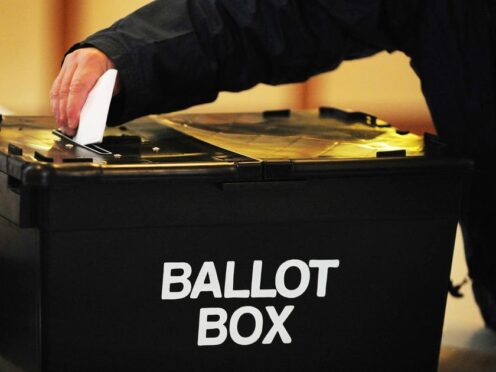Rishi Sunak and Sir Keir Starmer have been warned by a watchdog not to mislead voters with dodgy statistics.
UK Statistics Authority chairman Sir Robert Chote said misusing official data in the campaign could lead to a “loss of trust” in whoever has the keys to Number 10 after the General Election.
He has written to the leaders of all main political parties calling for the “appropriate and transparent” use of statistics during the campaign.
Sir Robert said: “The work of the UK Statistics Authority is underpinned by the conviction that official statistics should serve the public good.
“This means that when statistics and quantitative claims are used in public debate, they should enhance understanding of the topics being debated and not be used in a way that has the potential to mislead.”
This morning, we have written to leaders of political parties to ask that their parties and candidates use statistics appropriately and transparently during the 2024 General Election campaign. https://t.co/R7oleV1PCm pic.twitter.com/a7DWnzkswO
— UK Statistics Authority (@UKStatsAuth) June 4, 2024
He acknowledged the use of statistics in political communication is “often necessarily succinct and devoid of lengthy explanation”, but “a good rule of thumb is to consider how a reasonable person would interpret the statement being made and ensure that this is not likely to be misleading in the absence of additional information”.
He added only official statistics and publicly-available data should be used rather than unpublished figures “to which ministers have privileged access”.
He added: “Adhering to the principles of intelligent transparency is in the interests not just of the public but campaigners themselves.
“It avoids the need for subsequent clarifications and possible loss of trust in future claims, either later in the campaign or in government.”
The Office for Statistics Regulation will be monitoring the use of statistics during the campaign and will be willing to call out parties using them in a misleading way, Sir Robert said.
